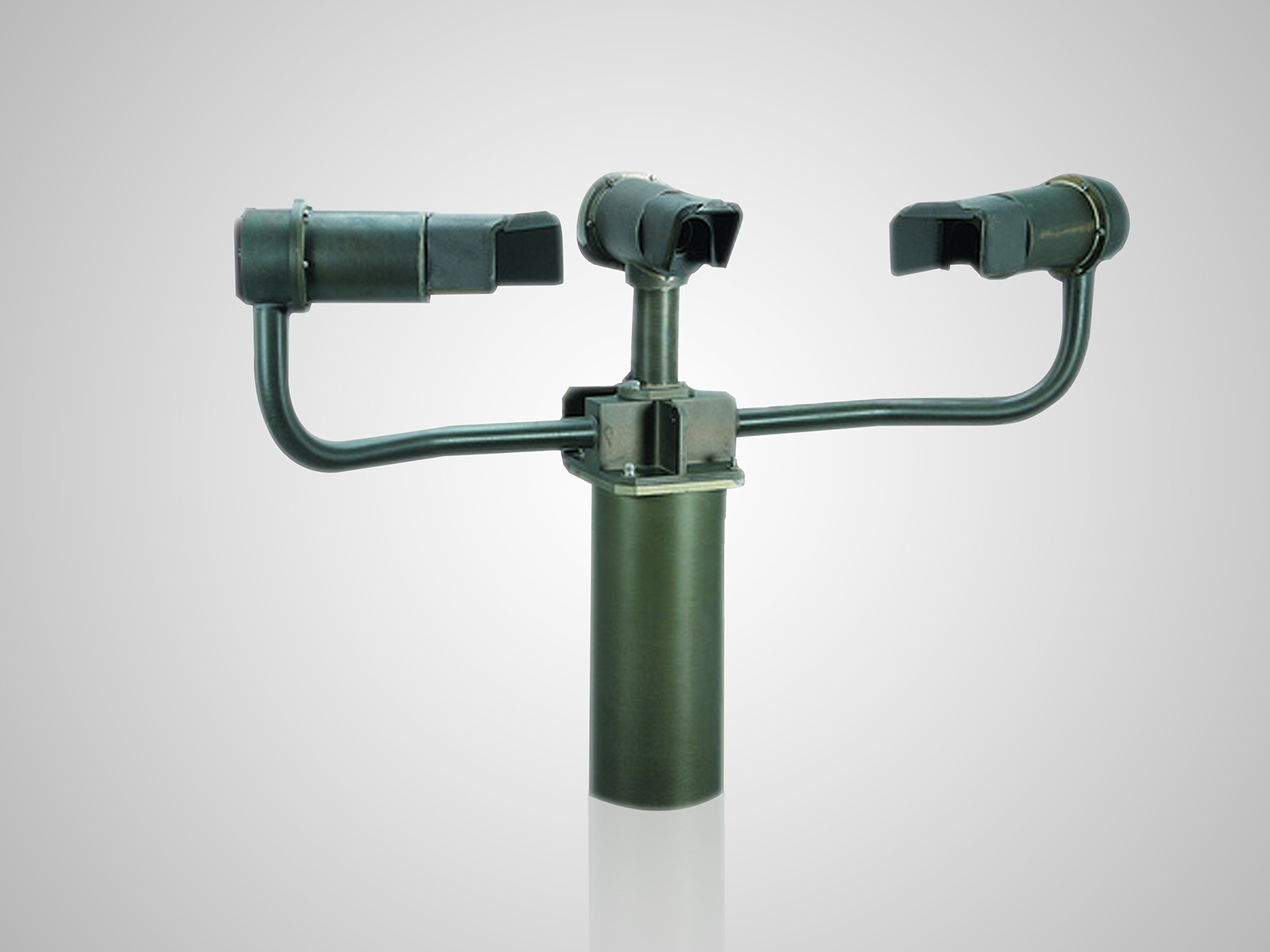
The VPF-730 Visibility and Present Weather sensor provides accurate visibility and present weather measurement in a compact and highly rugged package making it suited to both general and offshore aviation applications. These features also make the VPF-730 popular in applications where reliability and long life are important, such as national weather service networks and remote monitoring stations.
Our sensors are often installed in challenging environments, such as offshore platforms, where meteorological information is essential for operational safety. The sensor’s physical design is optimized to ensure accurate measurement and reliable operation even where driving rain and salt spray are a common occurrence. Low power heaters keep the windows free from dew, whilst high power heaters are optionally available to keep the optics free of blowing snow.
The operational life of a typical VPF series sensor is well in excess of ten years, even in a marine environment, due to the hard coat anodized finish applied to the aluminum enclosure. The calculated Mean Time Between Failure (MTBF) is over 6 years; however, field return data gives a figure in excess of 35 years.
Visibility Measurement
The forward scatter visibility measurement principle used in the VPF-730 is accepted by ICAO for use in aviation applications, including the estimation of Runway Visual Range (RVR). The calibration is traceable to a national weather service transmissometer and was undertaken in accordance with the recommendations of ICAO 9328. Visibility measurements are reported as forward scatter Meteorological Optical Range (MOR) and Extinction Coefficient (EXCO) in the range of 10m to 99.99 km.
Present Weather Measurement
The determination of precipitation type in a forward scatter sensor is made by observing the intensity of scattered light and the transit time for each precipitation particle. These parameters are used to estimate the particle size and determine if it is liquid or frozen using well-established relationships. Unfortunately, in anything other than still conditions, the relationships become unreliable, resulting in poor classification accuracy. The sensors are the only ones to solve this problem through the use of a backscatter receiver. The ratio of forward to backscattered light is significantly different for liquid and frozen particles, allowing the VPF-730 to report the correct precipitation code reliably even in the most challenging conditions.